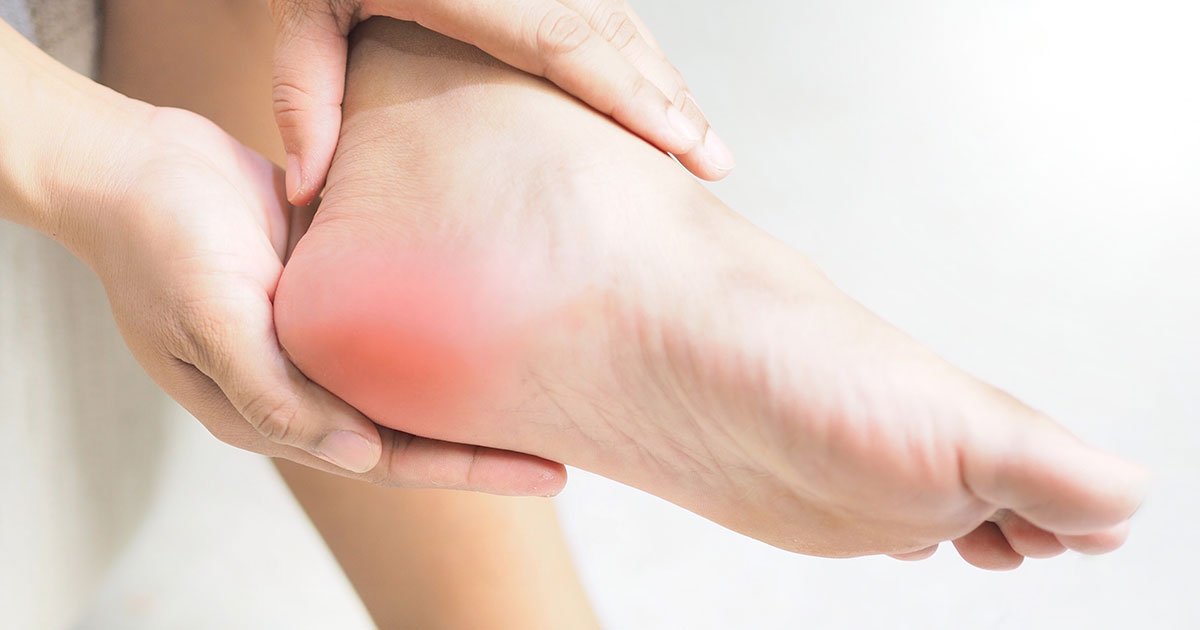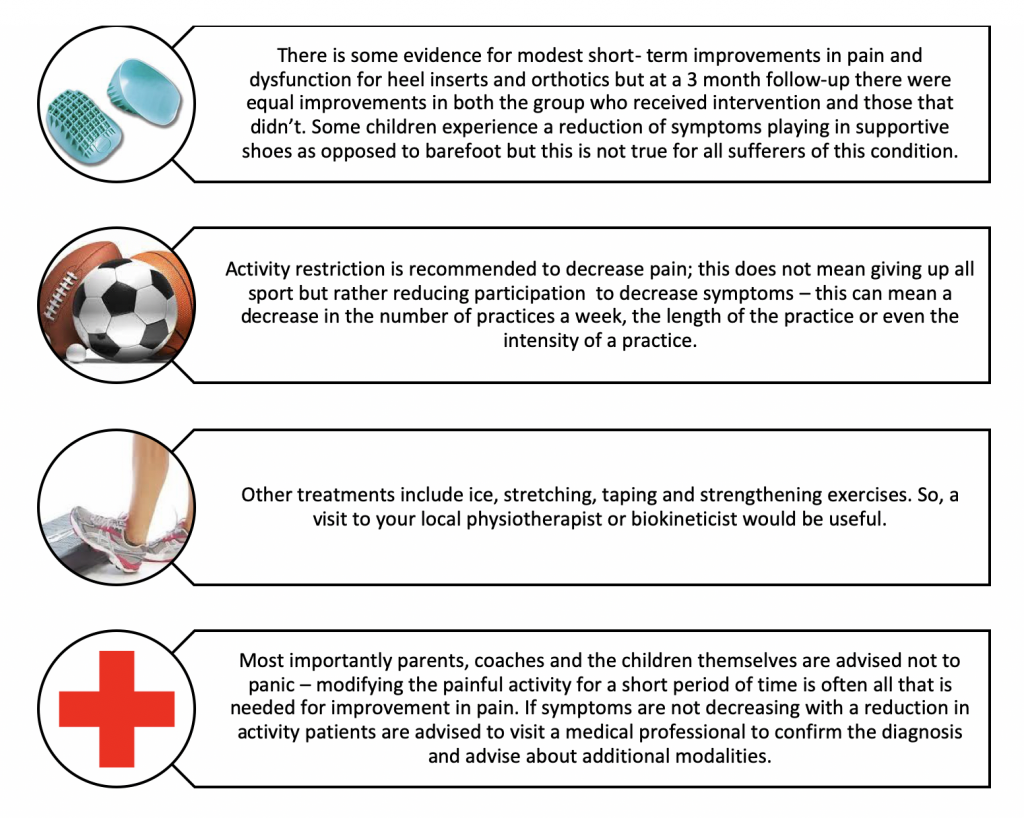
What is Sever’s disease?
Sever’s disease is heel pain commonly observed in growing athletes between the ages of 8 and 15 years. The medical term for this injury is calcaneal apophysitis. This means that there is inflammation at the site where the Achilles tendon inserts into the heel bone or calcaneus. During the growth spurt the rate of skeletal/bone growth is greater than muscle and tendons and so this causes the relative ‘tight’ Achilles tendon which pulls on the bone. There is a growth plate at this point of insertion which has not yet ossified or matured making this area vulnerable to load. Further risk factors include increased levels of physical activity which is commonly associated with this age group and obesity. Sport that involves a lot of high impact activities make a young athlete more vulnerable to this injury.

What treatments work for Sever’s?
Sever’s disease is described as a self-limiting condition. Pain will usually settle in 6-12 months, but more persistent cases can last up to 2 years.

References
James AM, Williams CM, Haines TP (2013) Effectiveness of interventions in reducing pain and maintaining physical activity in children and adolescents with calcaneal apophysitis (Sever’s disease): a systematic review. J Foot Ankle Res. 6: 16.
Ramponi DR, Baker C. (2019) Sever’s Disease (Calcaneal Apophysitis). Adv Emerg Nurs J. Jan/Mar; 41(1):10-14
Uvelli K, Neher JO, Safranek S (2017) Treatment for Calcaneal Apophysitis. Am Fam Physician. Jul 15;96(2):126-127.
